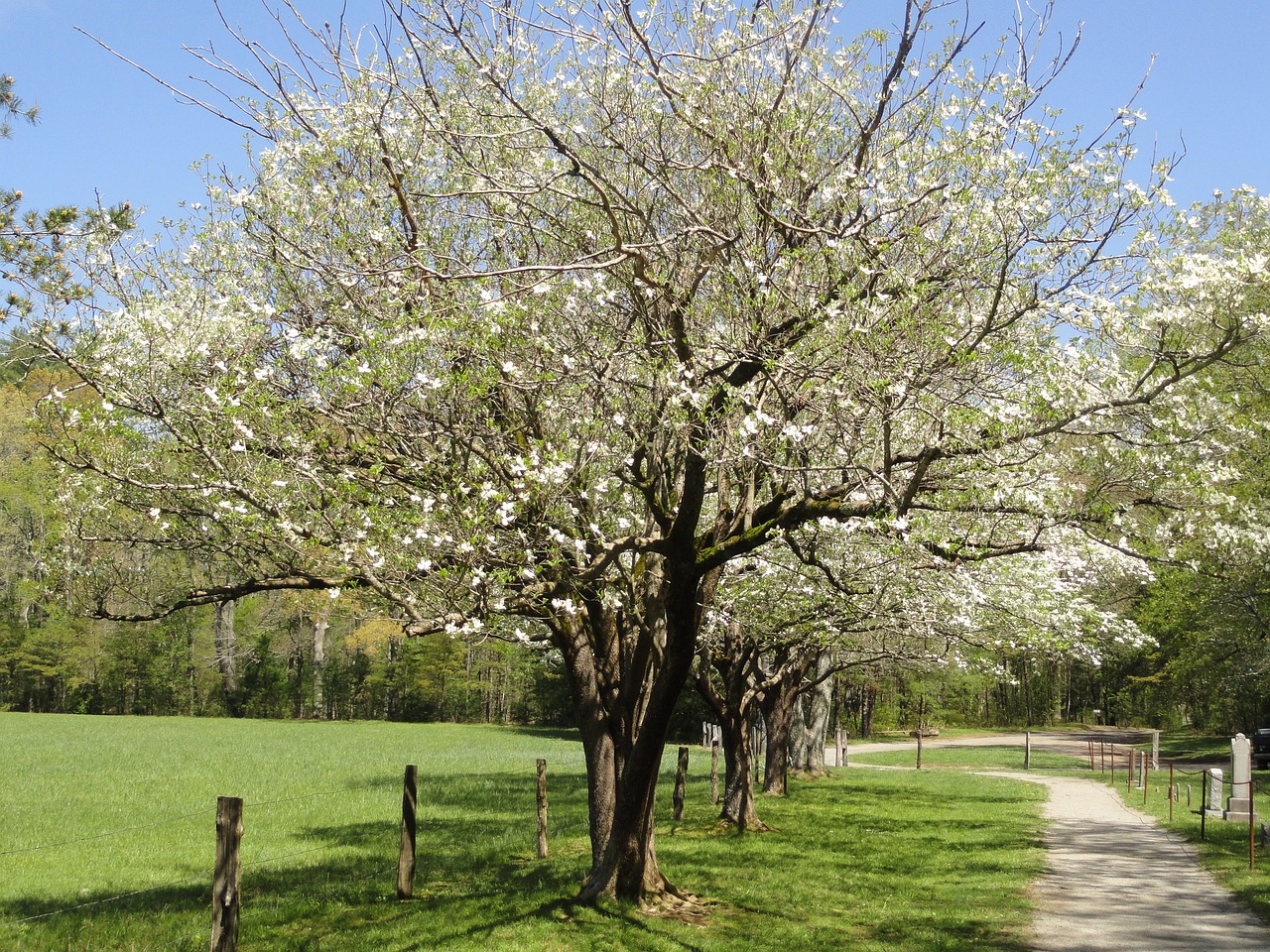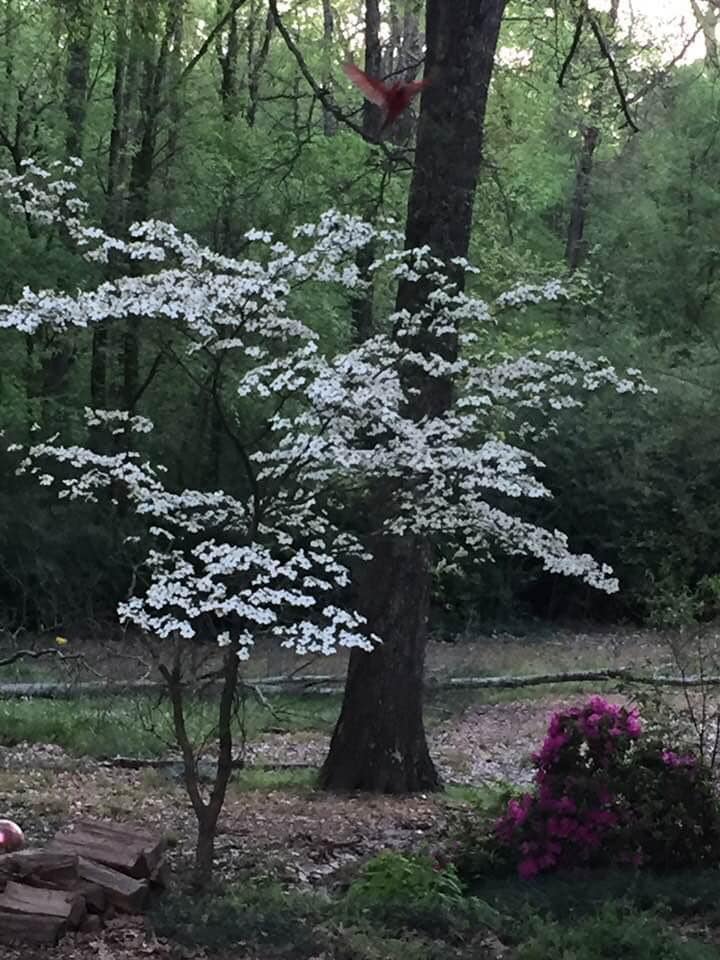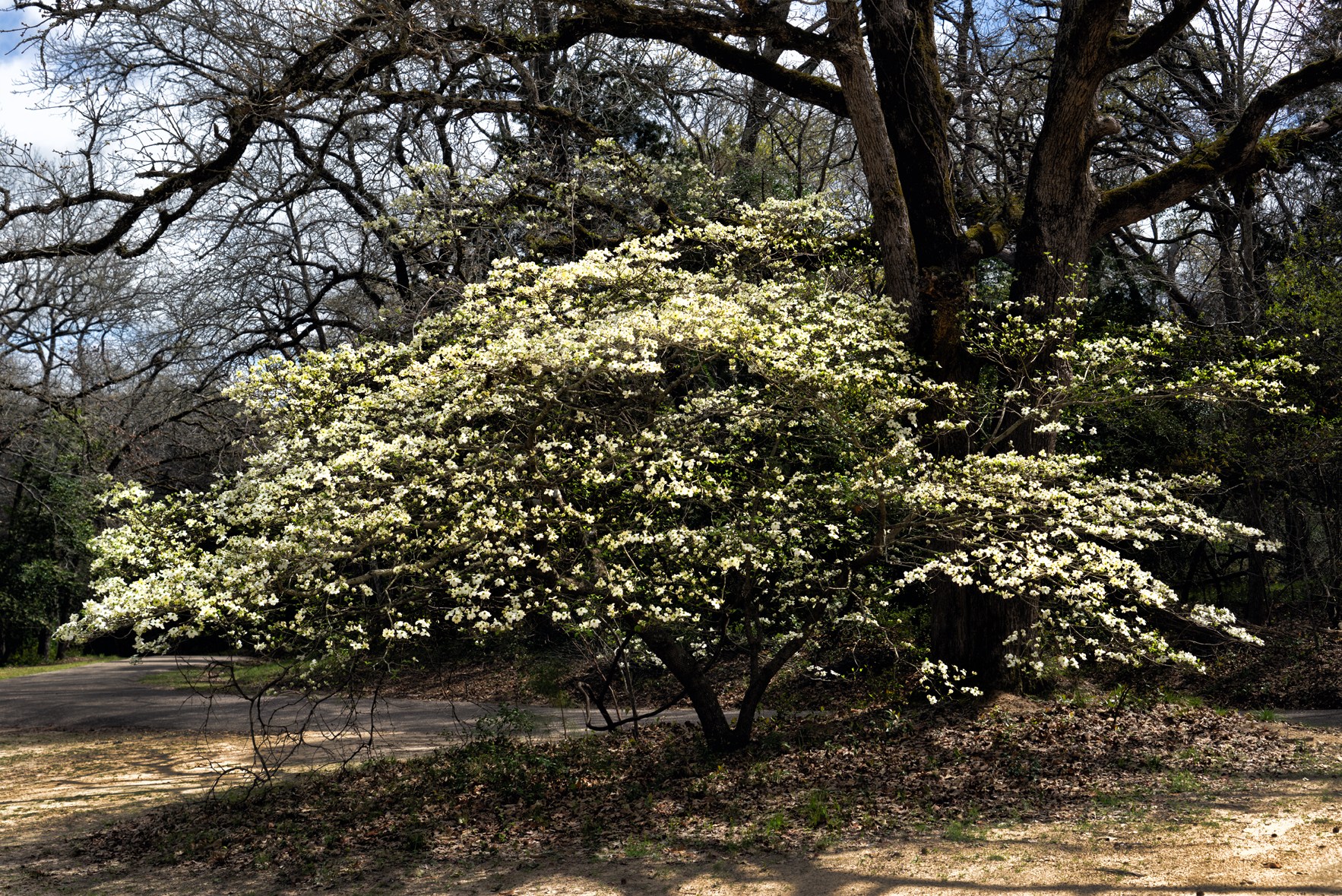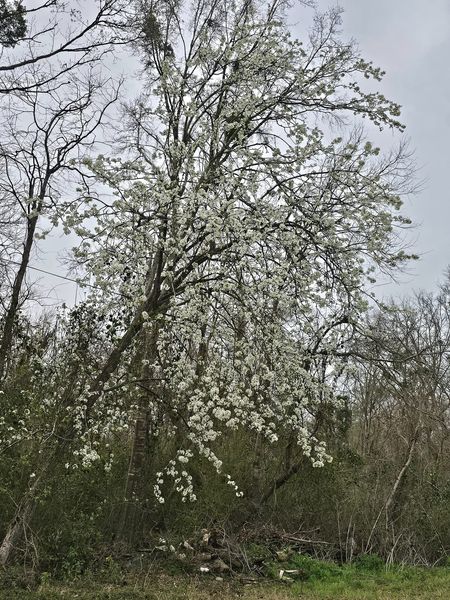
The dogwood tree, with its delicate blooms and vibrant fall foliage, is a cherished symbol of spring and a captivating addition to any landscape. But for new gardeners, keeping this flowering wonder thriving can feel like a mystery. Fear not, fellow plant enthusiasts! This guide unveils 10 essential dogwood tree care tips, ensuring your prized possession boasts year-round beauty.
This post may have affiliate links. This means that sometimes when you click a link on our site and make a purchase on Amazon, we may earn a small commission at no additional cost to you. We only recommend products we truly believe in, and your support helps keep us running!
Setting Your Dogwood Up for Success

Location, Location, Location
Dogwoods, like most of us, have preferences. They favor well-drained, slightly acidic soil bathed in morning sunlight and dappled afternoon shade. Avoid scorching afternoon sun, as it can scorch their delicate leaves. When selecting a spot, consider mature size – some dogwood varieties can reach upwards of 25 feet! Plant your dogwood at least 10-15 feet away from structures to avoid future conflicts.
Planting Perfection
The ideal time to plant your dogwood buddy is in the fall or early spring, when the soil is cool and moist. Dig a hole twice the width of the root ball but no deeper than the root crown (the point where the roots meet the trunk). Gently loosen the roots and place the tree in the hole. Backfill with the removed soil, ensuring the root crown sits slightly above ground level. Water deeply and thoroughly.
Mulch Magic
Mulch acts as a superhero for your dogwood. Apply a 2-3 inch layer of organic mulch, like shredded bark or wood chips, around the base of the tree, keeping a few inches clear of the trunk to prevent rot. Mulch helps retain moisture, suppress weeds, and regulate soil temperature – all essential for a happy dogwood.
Watering Wisdom: Keeping Your Dogwood Hydrated
Dogwoods, especially young ones, appreciate consistent moisture. During the first year, water your tree deeply (soaking the root zone) twice a week, especially during dry spells. As your dogwood matures, you can adjust watering frequency based on rainfall. Established trees can usually tolerate periods of dryness, but wilting leaves signal thirst. Remember, underwatering is more detrimental than overwatering – soggy soil can lead to root rot.
Feeding Frenzy: Nourishing Your Dogwood for Growth
While dogwoods aren’t heavy feeders, a little fertilizer goes a long way in promoting healthy growth and vibrant blooms. In early spring, before new growth appears, apply a balanced, granular fertilizer formulated for flowering trees. Follow the manufacturer’s instructions for application rates and avoid overfertilizing, which can damage roots.
Pruning Prowess: Shaping Your Dogwood for Beauty
Pruning isn’t just about aesthetics; it also promotes healthy growth and air circulation. The ideal time to prune dogwoods is during the late winter or early spring, while the tree is still dormant. Focus on removing dead, diseased, or damaged branches, as well as any that rub against each other. For shaping purposes, aim for cuts just above an outward-facing bud. Remember, “less is more” when it comes to pruning dogwoods – excessive pruning can hinder flowering.
Bonus Tip: Crossing Your Fingers and Avoiding Disease
Dogwoods are generally disease-resistant, but keeping your tree healthy is the best defense. Regularly remove fallen leaves and debris around the base to discourage pests and fungal diseases. If you notice any signs of trouble, like spots on leaves or unusual growth, consult a local nursery or gardening expert for diagnosis and treatment options.
Behold the Blooms: Encouraging Spectacular Dogwood Flowers

The crown jewel of the dogwood experience is undoubtedly its breathtaking blooms. To maximize flowering potential, ensure your dogwood receives adequate sunlight (around 6 hours a day) and well-drained soil. Avoid fertilizing with high-nitrogen fertilizers, which can promote foliage growth at the expense of flowers. Patience is key – young dogwoods (under 4 years old) might not flower yet, but with proper care, they’ll soon reward you with a dazzling floral display.
Autumn’s Artistry: Appreciating Fall Foliage
Dogwoods aren’t one-trick ponies! In fall, they don their finest attire, transforming their leaves into a fiery display of reds, oranges, and purples. While you don’t need to do anything specific to encourage fall color, healthy trees with adequate sunlight tend to put on the most spectacular shows. So, sit back, relax, and enjoy nature’s vibrant masterpiece.
Winter Wonderland: Protecting Your Dogwood During Dormancy
As winter approaches, your dogwood enters a dormant state. While these trees are cold-hardy,
young trees (especially those in their first few years) can benefit from some winter protection. Apply a 2-3 inch layer of fresh mulch around the base of the tree to insulate the roots and prevent them from heaving due to freeze-thaw cycles. You can also wrap the trunk loosely with burlap or a breathable fabric to shield it from harsh winds and sudden temperature fluctuations. Remember to remove the wrapping in early spring to prevent moisture build-up.
Beyond the Basics: Additional Tips for Dogwood Delight

Choosing the Right Dogwood
With over 20 varieties of dogwood trees, there’s a perfect one for every garden. Consider factors like mature size, flower color (white, pink, or red), and fall foliage color when making your selection. Popular choices for beginners include the Eastern Dogwood (Cornus florida) known for its large white blooms, and the Kousa Dogwood (Cornus kousa) with its delicate pink flowers and excellent disease resistance.
Container Capers
Don’t have a sprawling yard? No problem! Dogwoods can thrive in containers on balconies or patios. Opt for dwarf varieties like the Stellar Dogwood (Cornus stellaris) and ensure the container has drainage holes. Use a high-quality potting mix and water regularly, especially during hot weather.
Enjoying Dogwood Companions
Dogwoods can play well with others! Consider planting complementary flowers like azaleas, ferns, or hostas beneath your tree. These shade-loving plants will add visual interest and create a layered garden effect.
